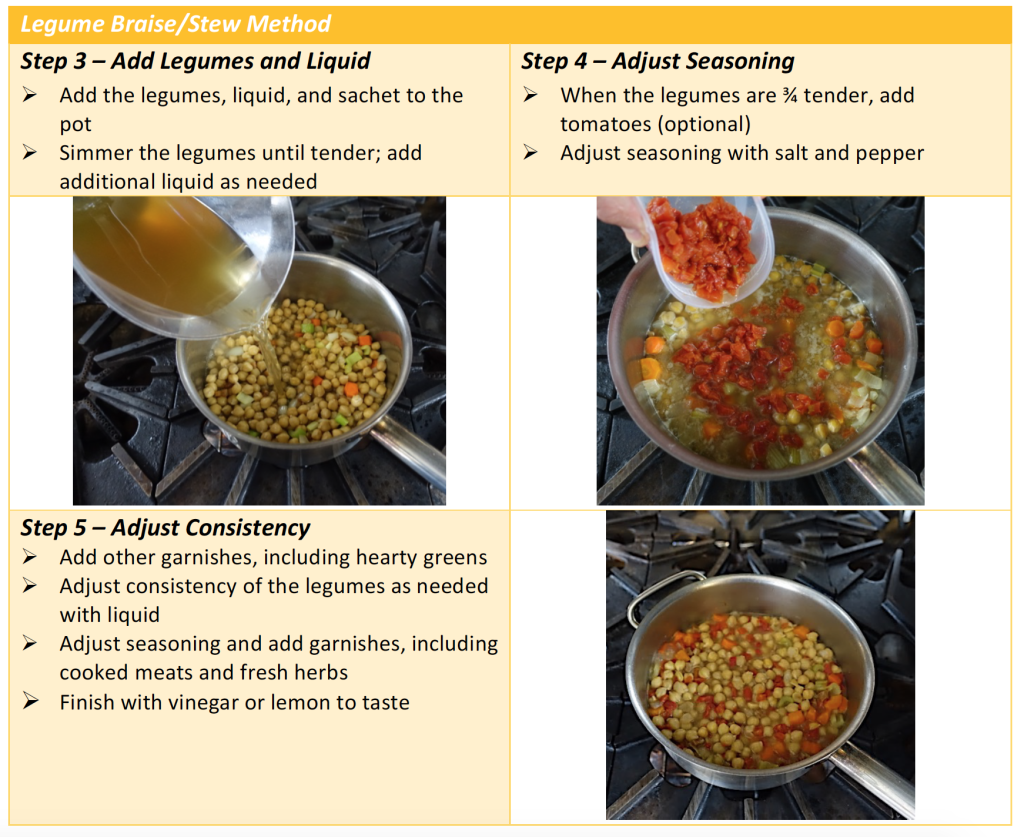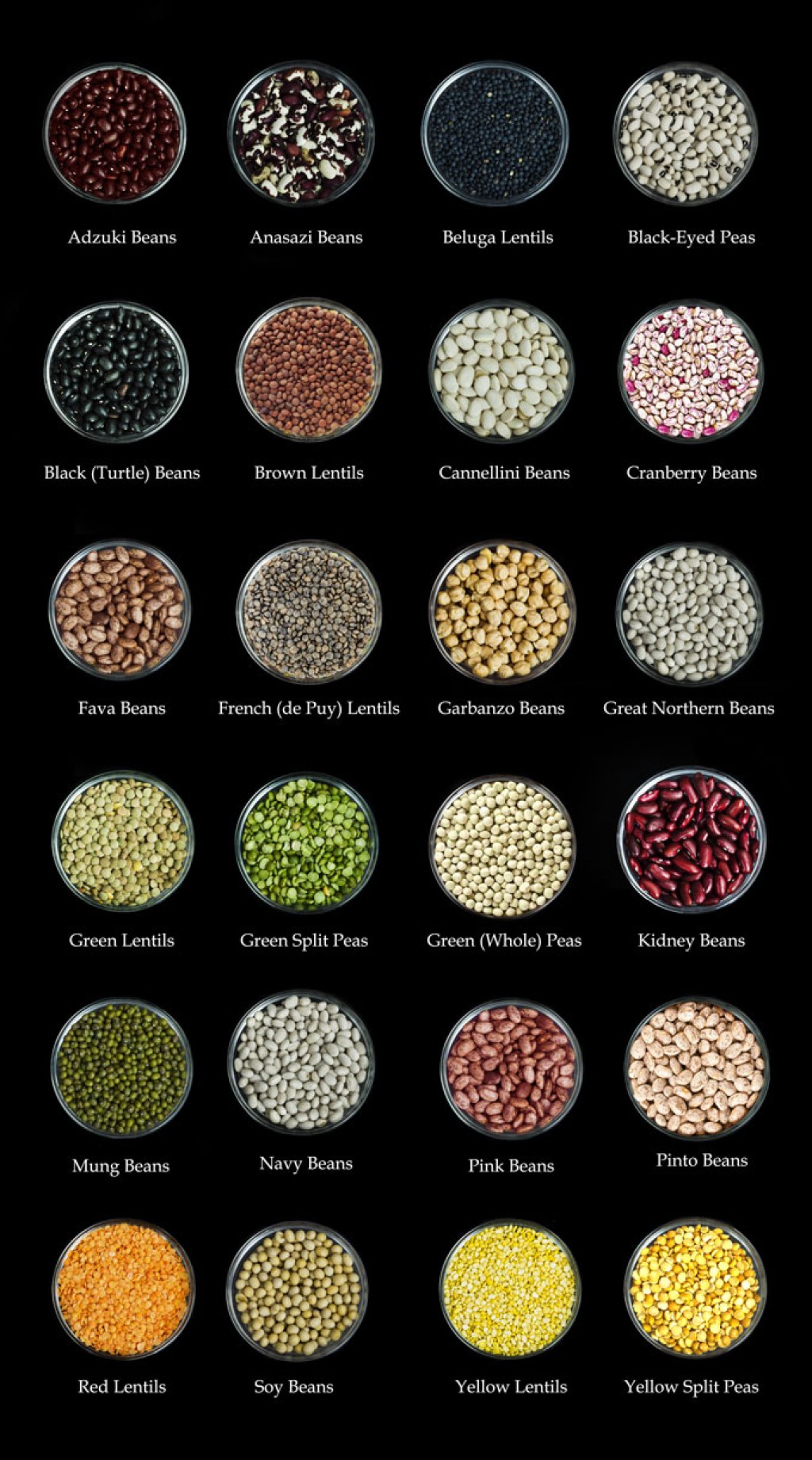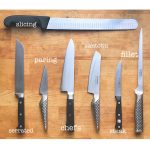Ultimate Guide To Mastering Legume Cooking: Unleash Flavorful Delights With These Expert Tips!
Cooking Tips for Legumes
Introduction
Dear Readers,
3 Picture Gallery: Ultimate Guide To Mastering Legume Cooking: Unleash Flavorful Delights With These Expert Tips!



Welcome to this article where we will be sharing valuable cooking tips for legumes. Legumes are a versatile and nutritious food group that includes beans, lentils, and peas. They are packed with protein, fiber, vitamins, and minerals, making them an excellent addition to any diet.

Image Source: squarespace-cdn.com
In this article, we will provide you with all the information you need to know about cooking legumes. Whether you are a seasoned cook or a beginner, these tips will help you enhance the flavor, texture, and nutritional value of your legume dishes.
So, let’s dive into the world of legumes and discover how to cook them to perfection!
What are Legumes?
Legumes are a type of plant that belongs to the Fabaceae family. They are characterized by their seeds or pods, which are harvested and used as food. Some common examples of legumes include chickpeas, kidney beans, black beans, and green peas.

Image Source: squarespace-cdn.com
Legumes are not only delicious but also incredibly nutritious. They are rich in protein, fiber, complex carbohydrates, and essential nutrients like folate, iron, and potassium. Incorporating legumes into your diet can help improve heart health, manage weight, and reduce the risk of chronic diseases.
Now that we understand what legumes are, let’s explore some cooking tips that will elevate your legume dishes.
Soaking Legumes

Image Source: nutritionrefined.com
One of the most important steps in cooking legumes is soaking them before cooking. Soaking helps soften the legumes, reduces cooking time, and makes them easier to digest. There are two common methods of soaking legumes:
1. Overnight Soaking: Place the legumes in a bowl or pot, cover them with water, and let them soak overnight. This method is recommended for larger legumes like chickpeas and kidney beans.
2. Quick Soaking: If you don’t have time to soak overnight, you can use the quick soaking method. Place the legumes in a pot, cover them with water, bring to a boil, and let them boil for a few minutes. Then, remove from heat, cover, and let them soak for about an hour.
Soaking legumes not only makes them easier to cook but also helps remove any impurities and reduce the risk of digestive discomfort.
Cooking Legumes
After soaking, it’s time to cook the legumes. The cooking method may vary depending on the type of legume, but here are some general tips:
1. Drain and Rinse: After soaking, drain the legumes and rinse them thoroughly with fresh water. This helps remove any remaining impurities and reduces the likelihood of digestive issues.
2. Cooking Liquid: Legumes need to be cooked with enough liquid to ensure they become tender. The ratio of legumes to liquid is typically 1:3, meaning one part legumes to three parts liquid.
3. Flavor Enhancers: To add more depth of flavor to your legume dishes, consider using aromatics like onions, garlic, and herbs. You can also experiment with spices and seasonings to suit your taste preferences.
4. Simmering Time: Legumes require gentle and prolonged cooking to become fully tender. Simmer them on low heat for the recommended cooking time, which can vary from 30 minutes to a few hours, depending on the legume.
5. Taste Testing: While cooking, it’s essential to taste the legumes occasionally to check their doneness. They should be tender but not mushy. If they are still firm, continue simmering until they reach the desired texture.
By following these cooking tips, you will achieve perfectly cooked legumes every time.
Advantages and Disadvantages of Cooking Legumes
Like any other food, cooking legumes has its advantages and disadvantages. Let’s take a closer look:
Advantages:
1. Nutritional Powerhouses: Legumes are packed with essential nutrients, including protein, fiber, vitamins, and minerals. They can contribute to a well-balanced and nutritious diet.
2. Versatility: Legumes can be used in a wide range of dishes, from soups and stews to salads and spreads. Their versatility allows you to experiment with different flavors and cuisines.
3. Budget-Friendly: Legumes are an affordable source of high-quality protein compared to animal-based proteins. They provide a cost-effective alternative for those on a tight budget.
4. Environmental Benefits: Legumes have nitrogen-fixing properties, which means they enrich the soil with nitrogen and reduce the need for synthetic fertilizers. Their cultivation contributes to sustainable agriculture.
5. Weight Management: Legumes are low in fat and high in fiber, making them a filling food that can help you manage your weight and promote satiety.
Disadvantages:
1. Digestive Issues: Some individuals may experience digestive discomfort, such as gas and bloating, when consuming legumes. Soaking, rinsing, and cooking legumes properly can help reduce these issues.
2. Anti-Nutrients: Legumes contain compounds called anti-nutrients, such as phytates and lectins, which can interfere with nutrient absorption. Soaking, cooking, and fermenting legumes can help reduce the levels of these compounds.
3. Preparation Time: Cooking legumes from scratch requires time and planning, especially when it comes to soaking and simmering. However, with proper meal prep, this can be overcome.
4. Allergies or Sensitivities: Some individuals may have allergies or sensitivities to legumes, which can cause adverse reactions. It’s important to be aware of any food allergies or intolerances before consuming legumes.
5. Flatulence: Legumes can cause flatulence or excessive gas in some people due to their high fiber content. Gradually increasing your legume intake and pairing them with digestive-friendly spices can help alleviate this issue.
Frequently Asked Questions (FAQ)
1. Can I freeze cooked legumes?
Yes, you can freeze cooked legumes for future use. Allow them to cool completely, then transfer them to airtight containers or freezer bags. They can be stored in the freezer for up to three months. Thaw them in the refrigerator before using.
2. How do I reduce cooking time for legumes?
If you’re short on time, you can use a pressure cooker to reduce the cooking time for legumes. Follow the manufacturer’s instructions for cooking times and liquid ratios. Keep in mind that some legumes might still require pre-soaking even when using a pressure cooker.
3. Can I cook different types of legumes together?
While it’s possible to cook different types of legumes together, it’s generally recommended to cook them separately. This is because different legumes have different cooking times and may require varied amounts of liquid. Cooking them separately ensures that each legume is perfectly cooked.
4. Are canned legumes as nutritious as dried legumes?
Canned legumes are a convenient option, but they may contain added salt and preservatives. While they retain some nutritional value, dried legumes that are soaked and cooked from scratch generally have a higher nutritional content. If using canned legumes, choose low-sodium options and rinse them thoroughly before using.
5. How can I add more flavor to my legume dishes?
To enhance the flavor of your legume dishes, you can experiment with various herbs, spices, and seasonings. Consider adding ingredients like onions, garlic, cumin, paprika, and fresh herbs. You can also use broth or stock instead of water for cooking to add more depth of flavor.
Conclusion
Now that you have learned valuable cooking tips for legumes, it’s time to put them into practice. Incorporating legumes into your meals can add nutritional value, variety, and deliciousness to your diet. Soak, cook, and enjoy the wonderful world of legumes!
Final Remarks
Disclaimer: The information provided in this article is for educational purposes only and should not replace professional medical advice. If you have any specific dietary concerns or health conditions, please consult a healthcare professional before making any changes to your diet.
Remember to always listen to your body and tailor your food choices to suit your individual needs and preferences. Happy cooking and happy eating!
This post topic: Cooking Techniques

